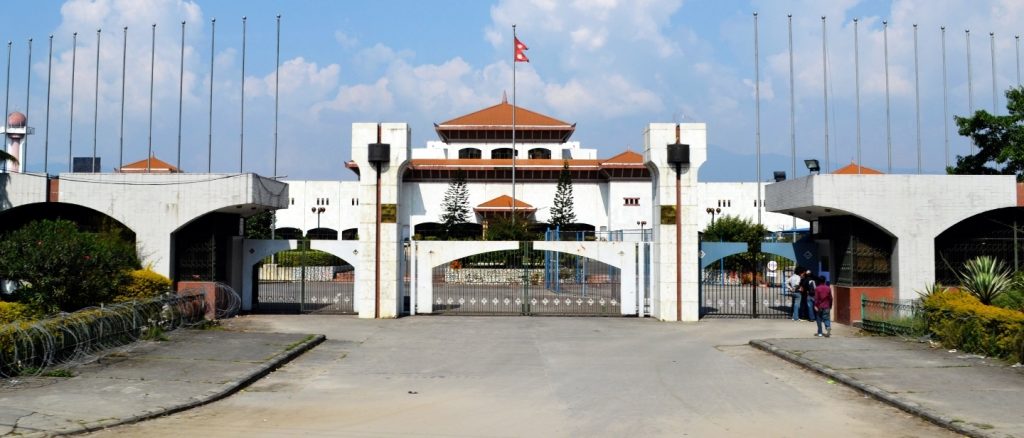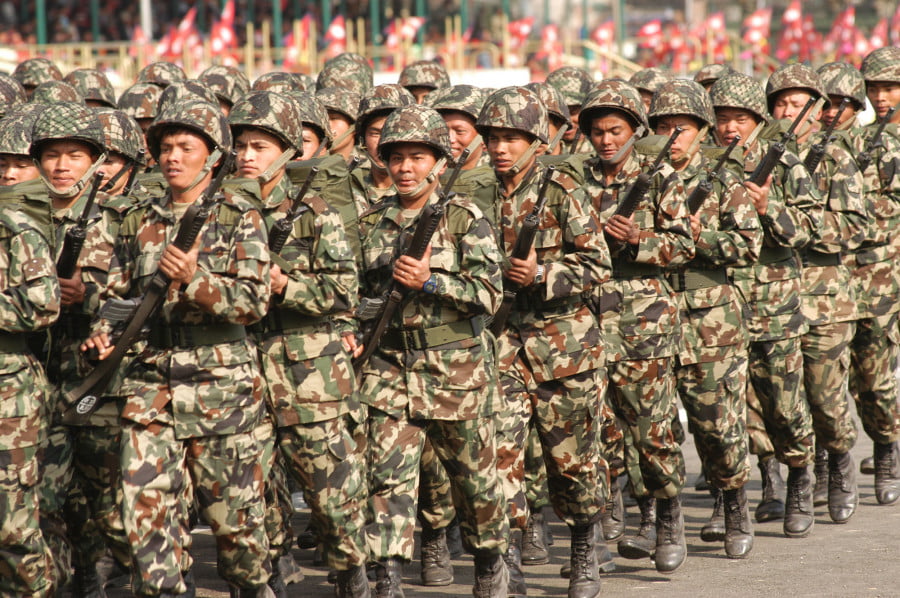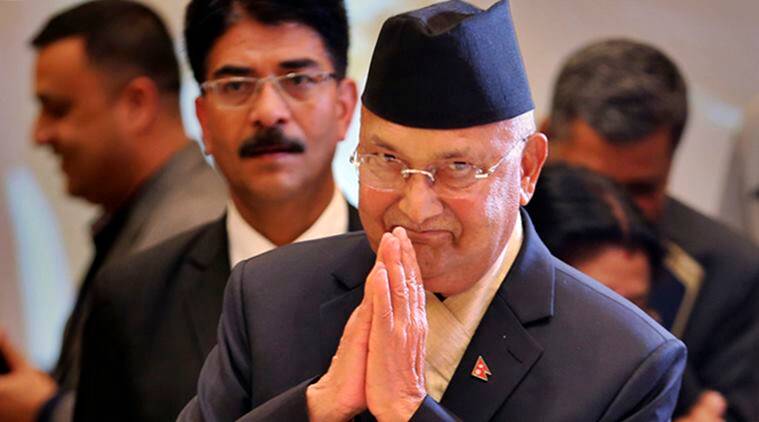By: Adelle Fernandes
When K. P. Sharma Oli’s Communist Party of Nepal (UML) and its alliance partners came into power in 2017, citizens hoped it would be a fresh start with the country, which was in transition from being a monarchy to a democracy. However, things took a turn for the worse when Nepal’s Prime Minister, Oli dissolved the House of Representatives after facing growing discontent against his leadership within the ruling party. Post this, President Bidya Bhandari announced the dissolution and set the stage for fresh election in May 2021, a year ahead of schedule.
This effectively ended the unity among the left forces that had led to the creation of the single, Nepal Communist Party three years ago. This move plunged national politics into turmoil and raised questions about the haste with which the President approved Oli’s recommendation.
Oli took the step when he realised that a factional feud within the party had reached the point of no return and he faced possible expulsion as party chief and as Prime Minister. Since then, several petitions have been filed in the Supreme Court challenging the dissolution with two years left of the present House’s tenure.

Oli’s Move
Oli’s Nepal Communist Party took this drastic step as Oli was under pressure from his party to withdraw an ordinance his government issued last week. Several leaders alleged that the ordinance to amend the constitutional counsel Act would undermine the system. Oli reportedly agreed to withdraw the ordinance in a party meeting, but his cabinet made the unforeseen move and recommended dissolution of Parliament.
Oli’s move has created bitterness between the breakaway communist group he leads and other parties. On the evening of December 22, Oli got his followers to padlock the party office, effectively bringing it under his control, but going by the numbers in the dissolved Parliament, the Central Secretariat, the Standing Committee and the Central Committee, Oli is in a minority.
Oli believes that this move will keep him in power until the elections at least, because there is no parliament to decide his fate.
Questions over Constitution
The dissolution of the parliament has left a question mark over the Constitution of 2015, and its key features like federalism, secularism and republic. Protests have already erupted on the streets. The split in a party with a two-thirds majority has raised concerns regarding a systemic collapse.
Dissolution of the House is not a new phenomenon in Nepal, but this is the first time it has occurred post the new Constitution of 2015, that places safeguards against such dissolution. The constitution does not allow for dissolution without an alternative government in place. However, it does allow for such a move provided there is a huge assembly and no party manages to form government.

The Army
The Nepal army has made it clear that it will remain neutral in the current political scenario. This means that even if Oli attempts to rule with security forced by his side, it is not certain how far the army will support him.
The Impact of the Move
Top leaders of the NCP, in charge of the party’s key structures are putting in place the steps required to take disciplinary action against Oli. His decision has also fueled criticism and opposition from academicians, media and citizens of the country. It is possible that Oli now tries to garner the support of international countries like Indian, USA and China.
With the world fighting the COVID-19 pandemic, all countries are facing economic hardships, and Nepal is no exception. This sudden move has effectively pushed Nepal back into political instability at a crucial point in time. The country’s main goal now is to protect democracy, the constitution and bring about political stability.
References:
https://indianexpress.com/article/explained/simply-put-nepal-crisis-whats-at-stake-7115792/
https://indianexpress.com/article/explained/simply-put-nepal-crisis-whats-at-stake-7115792/
https://thewire.in/south-asia/nepal-parliament-dissolved-kp-sharma-oli-prachanda-elections-tussle
Picture Sources:
1. Wikipedia
2. The Kathmandu Post



















































































